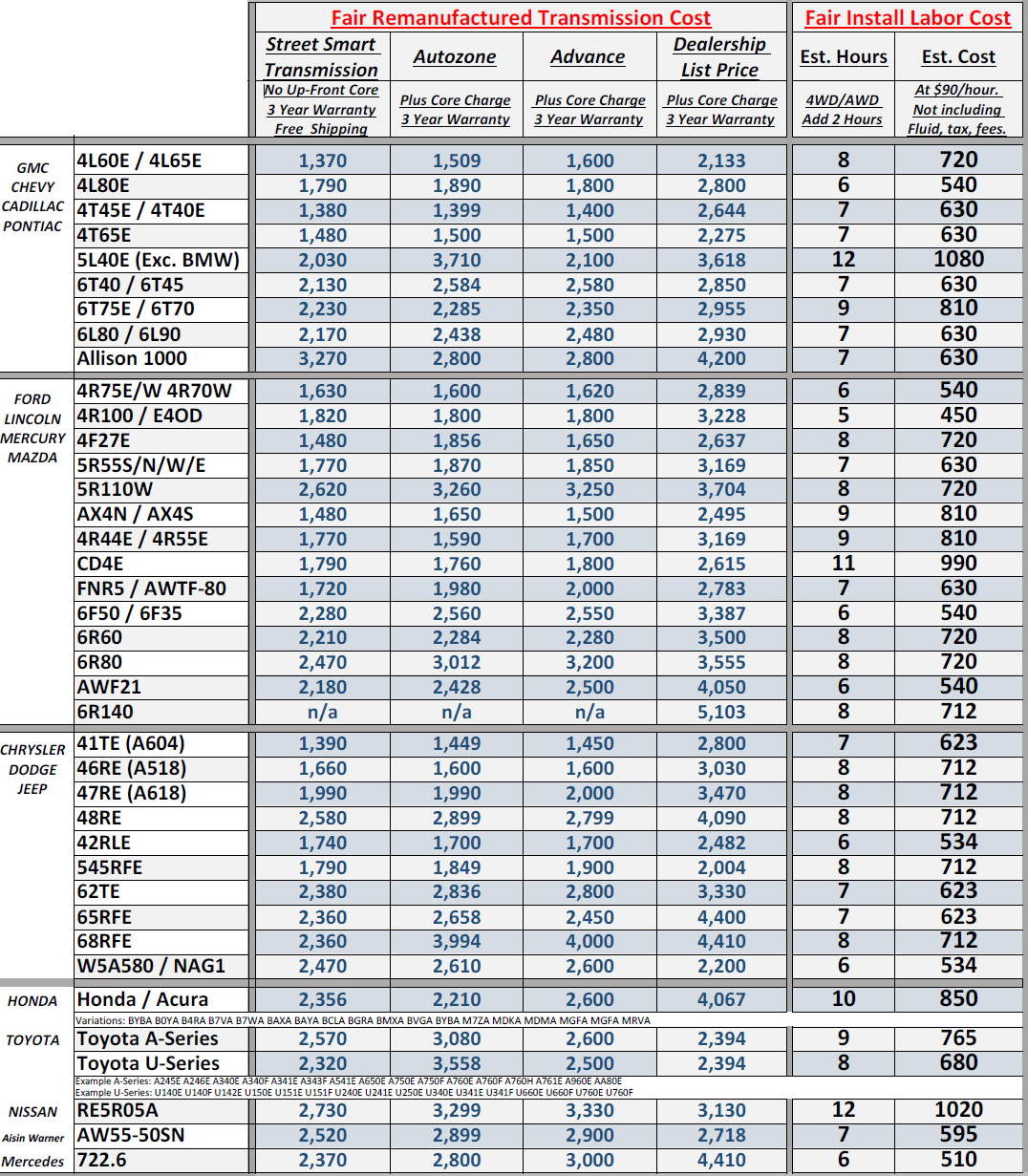The most important part of your post was, it seems, the last statement: “Had 139,000 miles on car when…” The reason this is important is simply this: at 139,000 anything can go for any reason. For instance, when you brought your car in for the check and had the multi-point checks (it is called a “safety check” in the car business) looked into, the technician did, indeed, check all fluid levels. The multi-point tests mandate that the technician look at the fluids with an eye toward replacing the most commonly replaced fluids, oil, anti-freeze-coolant and so on. Fluids such as brake fluid and transmission fluid are considered differently than fluids that might have to be replaced or refilled much more often. Today’s sealed transmissions say that one only has to replace the transmission fluid at 100,000 miles on some lines. Brake fluid is considered the same. Given that reality, it is easy to see why the technician indicated he checked the transmission fluid. He did check the fluid only insofar as the level was concerned. He didn’t check the quality.
Since he did check the level, he knew that there was enough fluid in the transmission. He also did the transmission check correctly, allowing the vehicle to come up to operating temperature and letting the fluid circulate before measuring the level on the dipstick. When you checked it, it seems like the transmission was cold, after your car had not been driven for a few hours. If this is the case, then what you were seeing when you took your measurement was the result of the transmission fluid dripping out of the upper parts of the transmission and back into the pan/sump. Since most of the fluid — when the car and transmission are cold — is not measured and is not available to be measured, it stands to reason that you may have had a reading that was down a quart. Besides, even if it was down a quart or a little less, it doesn’t mean you have to add anything. If the hot measurement indicated the transmission needed a refill then you have to refill it, if not, don’t as it is easy to overfill as you found out.
Now, getting to the mileage figure. Though many cars, at 139,000 miles, are perfectly fine, others are beginning to go. The cause, at this point, really doesn’t matter, but what does matter your interpretation. Instead of reaching for something because it looks like the obvious candidate to you, you should wait until the shop had a chance to check things out and give you another report. At 139,000 miles, it is likely your car is starting to go from plain old-age, nothing more.

